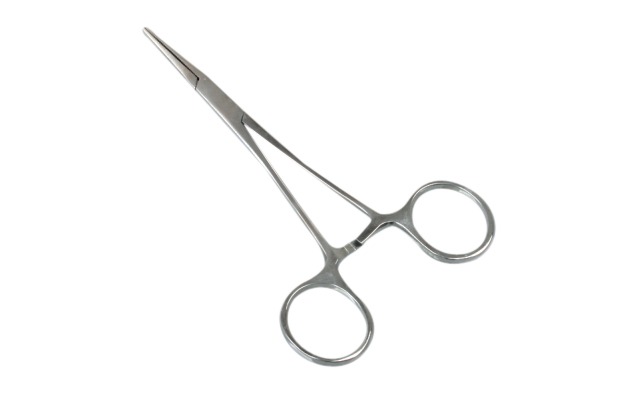Needle holder, The selection of a good and suitable surgical instrument depends upon its usage. You must first note down the procedure you are going to perform, the age of your patient, the size of the instrument, frequency of usage, and the individual differences.
[caption id="" align="alignnone" width="629"]

Needle Holder[/caption]
Procedure-Related Information
Reading published articles, books, booklets and other stuff related to the
procedure you are going to perform can give you a well-explained idea about what to do and what instrument to use. Using the wrong instrument can have drastic consequences. The right surgical instrument can make the surgery successful.
Age of the Patient
Similarly, the age of your patient can have an impact on the choice of a surgical instrument. There are many surgical instruments specially designed for pediatric use. They are available in appropriate sizes and allow an atraumatic application.
Size of the Instrument
The size of an instrument is very important. Only an instrument with an appropriate size can function effectively. needle holder For example, in the case of a needle holder, the size of the holder should be according to the size of the needle it will be holding. Otherwise, it will not be able to grasp the needle.
Frequency of Usage Needle Holder
You should choose an instrument depending upon its usage. For frequently used instruments, choose the ones made from stronger materials like titanium or tungsten carbide inserts. They require little maintenance and stay effective for a long time.
Individual Differences
We are all unique in our own ways. Different surgeons feel comfortable with different surgical instruments. Scissors are one such instrument that may be hard to use for left-handed surgeons. A left-handed surgeon should buy surgical tools especially made for left-handed users.
Each surgical instrument is used to perform a specific function. Today, we will discuss some frequently used surgical instruments which might give you an idea about what instrument to choose for your next surgical procedure.
Types of Surgical Instruments Like needle holder
Let us discuss some basic types of surgical instruments. These types have been formulated based on the function of the instruments.
- Cutting instruments are used for cutting sutures, meshes, wires, or dissecting tissues and organs. These instruments come with sharp blades and strong jaws to ensure a fine cutting action. They include scissors, knives, wire cutters, pin cutters, scalpels, and surgical blades.
- Grabbing or holding instruments are used to grab and manipulate the veins, body tissues, sutures, needle holders,s or drapes. They provide an atraumatic grasping action. They include hemostatic forceps for clamping blood vessels, tissue forceps for grasping tissues or sutures, and towel clamps for holding drapes.
- Retractors help in holding back tissues and organs to provide a better view of the surgical site. You can choose from handheld retractors and self-retaining retractors. The examples include Balfour Abdominal Retractor, Gelpi Retractor, Finochietto Rib Spreaders, etc.
